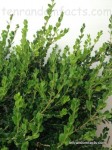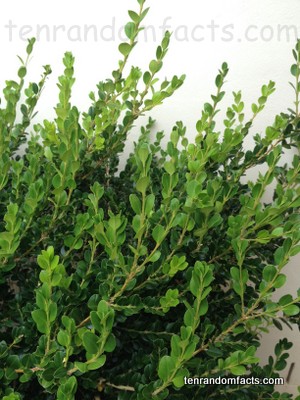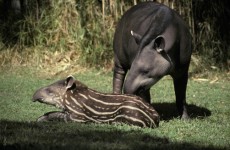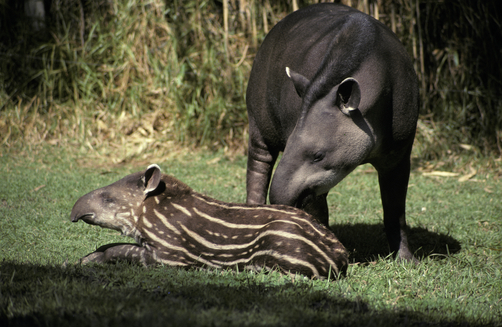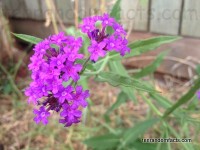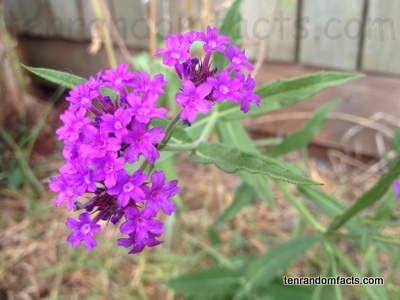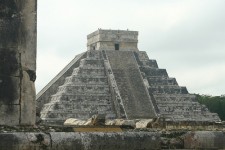
Shirley Temple: a very young star of the depression era.
- Shirley Temple, born on 23 April, 1928, in Santa Monica, in the USA’s California, was a juvenile actress from three years old.
- Shirley Temple married first in 1945 to John Agar, had a daughter, and divorced a few years later, and remarried in 1950 to Charles Black whom she was married to for 54 years until he died, the marriage of which produced a daughter and a son.
- Shirley Temple was the ‘world’s number one box-office star’ for four years in a row; the first juvenile actress to win an Oscar (Juvenile Oscar), an award she received in 1935 for ‘outstanding contributions to screen entertainment’; and she also won other notable awards.
- Shirley Temple is known for her star role in the film ‘The Little Princess’, in 1939, which was her first Technicolour movie, and she featured in at least 40 films in her 19 years as an actress.
- Shirley Temple retired from acting in 1950 after starring in a number of consecutive low profit films, and after losing an acting spot in ‘Peter Pan’.
Young Temple
Image courtesy of Gushi Soda/Flickr
- Shirley Temple ventured into the political industry in 1967, and was the first Chief of Protocol of the United States to be female in gender, from 1976 to 1977.
- Shirley Temple was one of the first famous women to announce their breast cancer to the public, being diagnosed in 1972 and announced in 1973.
- Shirley Temple died from natural causes on 10 February, 2014, in California, at 85 years of age.
- As an adult, Shirley Temple became a diplomat, which included work as a United States ambassador to Ghana and Czechoslovakia.
- As an actress, Shirley Temple generally worked for 20th Century Fox, as well as Universal, Paramount and Warner Bros studios.
Bibliography:
Shirley Temple, 2014, Wikipedia, http://en.wikipedia.org/wiki/Shirley_Temple
Brumfield B, Famed former child actress Shirley Temple dies, 2014, CNN, http://edition.cnn.com/2014/02/11/showbiz/hollywood-shirley-temple-death/
Shirley Temple: the superstar who had her childhood destroyed by Hollywood, 2008, Daily Mail
http://www.dailymail.co.uk/tvshowbiz/article-560626/Shirley-Temple-superstar-childhood-destroyed-Hollywood.html










